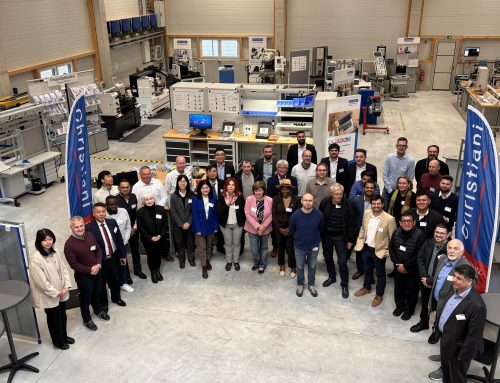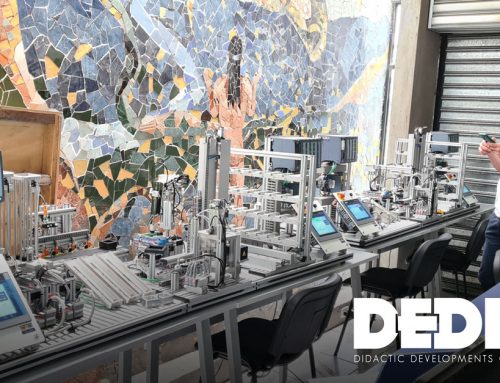The Bridging Innovation and Learning in TVET Project – Shaping TVET for the Future
In the recently published study of the European UNEVOC Network, nine trends were identified in relation to the identification, integration and implementation of new qualifications and competencies in TVET. These trends are providing valuable guidance for the further development of national and institutional activities to make TVET systems ready for the future and to respond to the demands of the labor market.
The trends provide insights into identifying new qualifications and competencies for relevant industries and occupations, integrating these new qualifications and competencies into curricula and training regulations for various occupational profiles, and finally implementing them in teaching and training.
Trend 1: A broad range of TVET stakeholders are involved in the identification of new qualifications and competencies (NQC)
Ministries and national bodies have the highest level on the identification of NQC but NGOs, civil society organizations, youth organizations and individual experts should be more involved.
Trend 2: Recently introduced or reformed TVET occupations particularly concern ‘digitalization’ and ‘greening’
Sectors with the highest need for NQC include information and communication technology and manufacturing, while occupations in need of NQC include robot technicians or electric vehicle technicians. The COVID-19 pandemic has further emphasised the need to explore new green and digital competencies in TVET.
Trend 3: Each Bridging Innovation and Learning in TVET theme requires a particular mix of competencies
On the basis of OECD’s typology of 21st century competencies (including basic, socio-emotional, advanced-cognitive as well as professional and technical competencies) basic and advanced cognitive competencies rank highest across the themes.
Trend 4: Non-routine competencies are highly meaningful for future-oriented jobs
TVET stakeholders perceive an increasing importance of non-routine and advanced-cognitive competencies, such as problem-solving and analytical skills, selfmanagement critical thinking, for today’s learners. These types of vocational action competencies are crucial requirements of modern occupations
Trend 5: Occupational and cross-cutting approaches are still the most important strategies for integrating NQC in curricula and training regulations
Besides ‘traditional’ strategies, the Bridging Innovation and Learning in TVET Project proposes a ‘sectoral’ approach and ‘additional/modular’ approach, which might be less common but have advantages such as an increased degree of flexibility.
Trend 6: Other approaches for the integration of new qualifications and competencies into TVET can be valuable complements or alternatives
Innovative strategies can complement well-proven ways for the implementation of NQC e.g. the local-specific approach, allowing tailored new training content according to local needs.
Trend 7: Innovative teaching and training methods and technologies help to improve learning significantly
The usefulness of learner-centred approaches is highlighted, which significantly improves students’ and trainees’ motivation and optimally combines theory and practice. New technologies can equally contribute to improved forms of training.
Trend 8: The roles and self-understanding of TVET teachers and trainers are changing
Teachers and trainers are increasingly assuming new responsibilities in their work. Teachers and trainers are becoming more and more ‘tutors’ instead of being ‘transmitters of skills and knowledge’.
Trend 9: Modern forms of teacher and trainer training are necessary to understand and convey NQC
The participants in the study emphasized the importance of exploring and sharing new forms of teacher and trainer training. As new training content, specifically in the fields of digitalization of entrepreneurship, becomes increasingly important and also complex, teachers and trainers must acquire the ability to convey its technical and methodological aspects
Read the full trends mapping study of the European UNEVOC Network.
Source: UNESCO-UNEVOC





